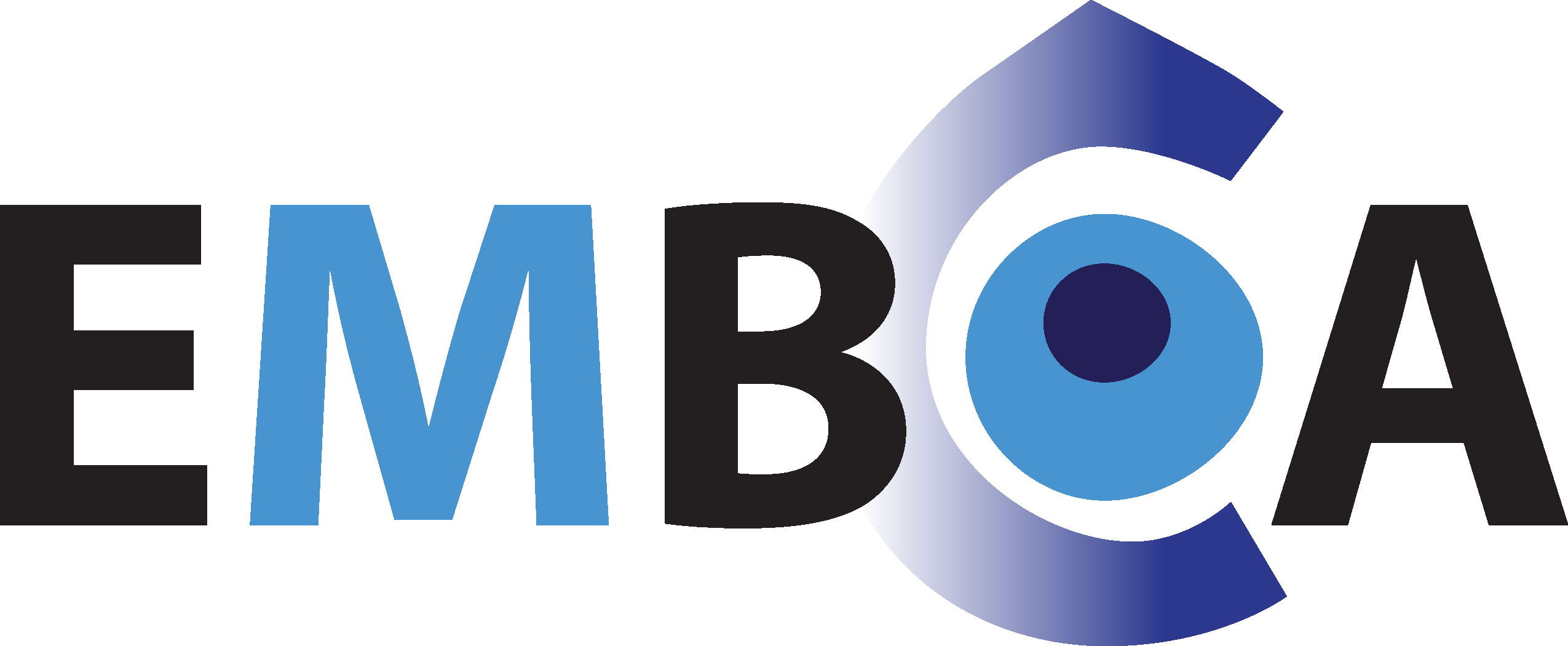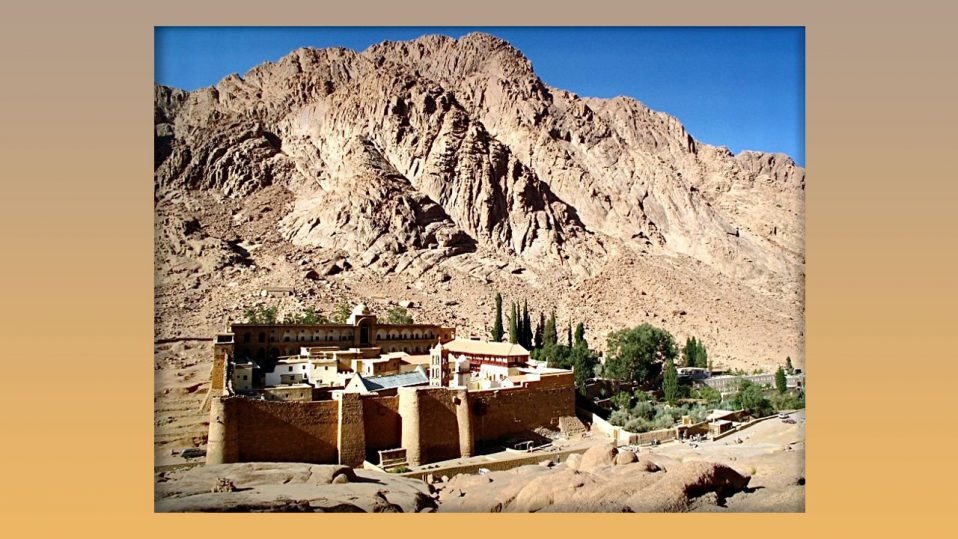Join us for EMBCA’s "St. Catherine Monastery in Sinai: History, Legacy, and Present Challenges ” Webinar Panel Discussion on Sunday, October 12, 2025 at 2 P.M. EST/ 9 P.M. Athens EEST. The panel discussion will be introduced and moderated by Lou Katsos EMBCA’s President. The distinguished panel, currently in formation, will include Prof. Dr. Johannes Niehoff-Panagiotidis of the Freie Universität Berlin; Prof. Dr. Dieter Vieweger Director, DEI Jerusalem & Amman; and Jurist Dr. Anastasios Nikopoulos Law historian at the Freie Universität Berlin.
At the foot of Mount Sinai, where tradition holds that Moses encountered the Burning Bush, stands St. Catherine Monastery, officially the Sacred Monastery of the God Trodden Mount Sinai. Founded in the 6th century by Emperor Justinian I, it has been continuously inhabited for nearly 1,500 years, making it the oldest functioning Christian monastery in the world.
Built as both fortress and sanctuary, the monastery became associated with St. Catherine of Alexandria, a fourth century martyr whose relics were venerated there. Over time, it developed into a renowned center of pilgrimage, scholarship, and art. Its library, second only to the Vatican in age and importance, preserves manuscripts in Greek, Syriac, Arabic, Coptic, and other languages, including the celebrated Codex Sinaiticus. Its Byzantine icons, many preserved from the era of Iconoclasm, are among the greatest in existence.
The monastery also became a symbol of coexistence. A firman attributed to the Prophet Muhammad guaranteed protection and religious freedom for the monks, and to this day local Bedouin communities see themselves as its guardians. This harmony, coupled with its importance to Christians, Muslims, and Jews alike, makes St. Catherine’s a rare place where faith traditions meet.
Yet the monastery today faces pressing challenges. Security concerns in the Sinai have limited pilgrimages, affecting both monastic life and the livelihood of surrounding Bedouins. More complex are jurisdictional tensions between Church and state. Canonically, St. Catherine’s belongs to the Patriarchate of Jerusalem, and its abbot holds the title of Archbishop of Sinai. Yet the Egyptian government increasingly treats it as a national monument and tourism site, asserting control over administration, land, and conservation.
UNESCO World Heritage status, granted in 2002, affirms the monastery’s universal value but also gives Egypt stronger grounds to intervene. From restoration oversight to land disputes, the monks often see such actions as encroachments on their autonomy. At stake is the delicate balance between protecting global heritage and preserving the monastery’s character as a living religious community.
Despite these pressures, St. Catherine’s endures. Its monks continue their rhythm of prayer as they have for fifteen centuries, safeguarding a spiritual and cultural legacy that belongs not only to the Orthodox world but to humanity. Fragile because politics and law threaten its independence, yet resilient because it has withstood empires and invasions, the monastery remains both monument and beacon of faith.
For Orthodox faithful worldwide from Hellas and Russia to the Middle East, Europe, and the Americas it remains a touchstone of continuity. Pilgrims still journey to Sinai, strengthening the bond between this ancient desert monastery and the wider Orthodox diaspora. In this paradox lies its enduring importance not relic but witness, reminding the world that sacred heritage must be protected with reverence as well as law.
It is these issues the monastery’s ancient heritage, its living spiritual role, and its modern legal and political challenges that are among the things this panel will explore. How can St. Catherine’s preserve its autonomy while engaging with state and international authorities ? What lessons does its unique history of coexistence offer for today ? And how do we balance the protection of world heritage with the freedom of a monastic community whose prayers have echoed in the Sinai for fifteen centuries?

EMBCA is an organization exempt from Federal Income Tax under Internal Revenue (IRC) Section 501(c)(3), classified as a public charity, and qualifies to receive tax deductible bequests, devises, transfers or gifts under Section 2055, 2106, or 2522 . Donors can deduct contributions they make under IRC Section 170. Thank you all again for your continuing enthusiasm and support of our events !!

